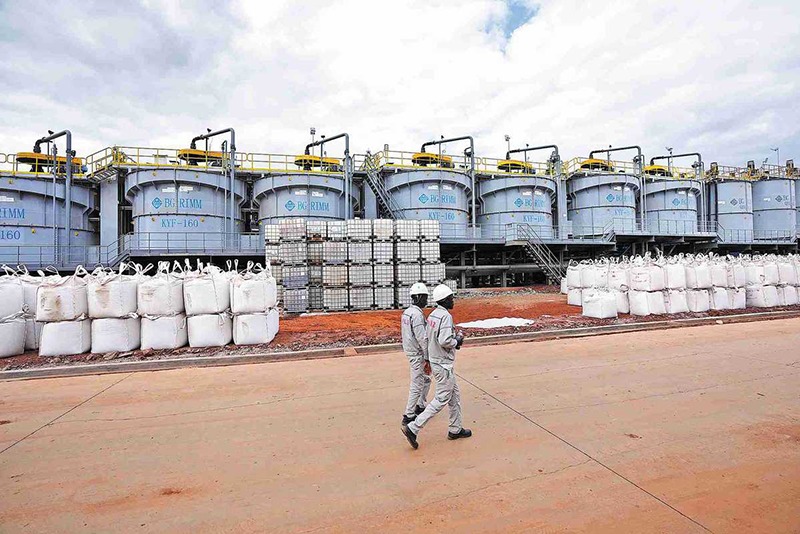- Featured
- No Comment
Lithium price pressure to stay as Zimbabwe adds to supply

By miningmx.com
THERE would have to be a cut in mined supply in order for the lithium price to recover some of the ground it lost last year, a bank has said.
The battery mineral’s price had fallen to $12,000 per ton by the beginning of this year representing an 80% decline in 2023 of which half was in the final quarter.
According to Morgan Stanley, mined supply of lithium is expected to increase to 1.37 million tons this year from 1.02Mt in 2023. Of this about 114,000 tons and 62,000 tons – about half – will come from China and Zimbabwe respectively.
Although demand is expected to also increase this year it will be outstripped by supply leading to a surplus 157,000 tons, the bank said.
“Despite lithium and spodumene (lithium ore) prices falling close to our price targets, we stay on the sidelines for now, looking for more significant mine production cuts to occur to stabilise the market,” said Morgan Stanley.
Lithium production has taken off in Zimbabwe, largely owing to some $1bn in investment by Chinese miners including Zhejiang Huayou Cobalt, Sinomine Resource Group, Chengxin Lithium Group, Yahua Group and and Canmax Technologies, according to a report by Reuters in November.
In June, Prospect Lithium Zimbabwe, an arm of Chinese company Zhejiang Huayou Cobalt, opened a new lithium mine in which has a capacity to process 4.5 million tons of hard rock lithium into concentrate for export per year.
According to a report by Bloomberg News, Australia’s largest pension fund AustralianSuper, which oversees A$300bn ($199bn) in pension savings, plans to double its exposure to local lithium stocks over the next five years, after a price rout made producers of the key battery material more affordable.
“The biggest opportunities for us as investors at AustralianSuper is when the prices are at cycle bottoms,” Senior Portfolio Manager Luke Smith told the newswire.
The fund sees “lots of opportunities” in nickel, cobalt and graphite as key materials in the energy transition, Smith added. The lithium sector and the other critical minerals are likely to be “an attractive place to invest” over the next five years, he said.
Mine supply cuts might also take time, said Morgan Stanley. Spodumene has fallen from $8000/t to $950/t, the 87th percentile of the cost curve, but so far, only Australia’s Core Lithium, which began production and sales in February 2023, has suspended operations at its high-cost Finniss mine.
The lithium price is influenced by the growth in battery electric vehicles the trajectory of which there is some dispute. According to Morgan Stanley, global BEV sales will grow 25% in 2024 but a shift to hybrid vehicles with smaller batteries could dampen this growth.
On top of this the production of cathode, the battery part lithium supplies has been energetic in China taking its inventories of batteries to four months worth of demand. Cathode output has fallen 17% since August suggesting OEMs are stocked with lithium.
From a South African perspective, the emergence of a potentially stubborn supply surplus in lithium comes at an inconvenient time. Sibanye-Stillwater is building the €656m ($712m) Keliber lithium mine with first production expected from its 15,000 tons a year Kokkola lithium hydroxide refinery expected this year.
The expected capital cost of the development in Finland was increased 11% last year but the South Africans say the project’s returns are still intact.
